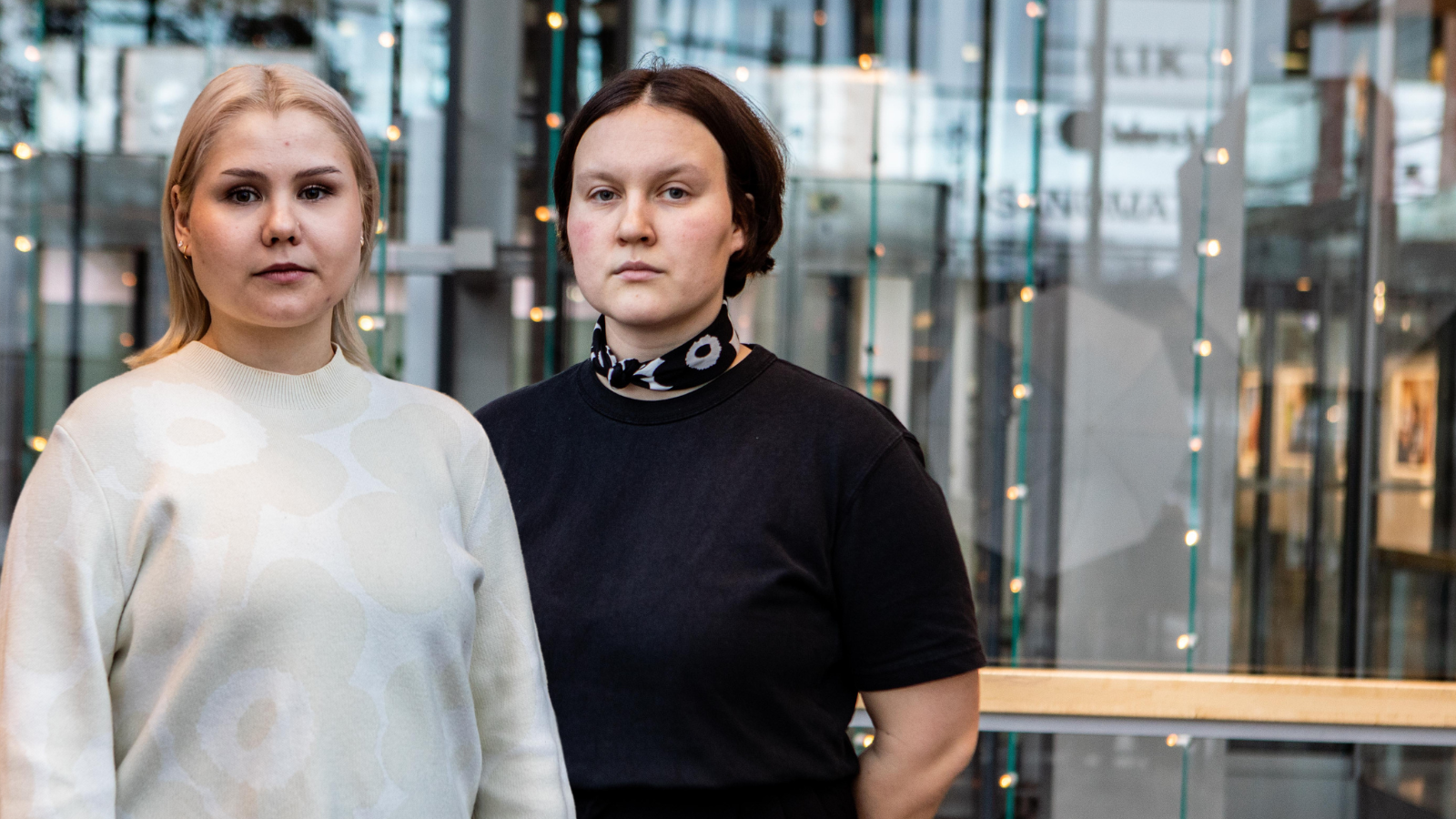As a welcome change, these past few months we have received some positive news about the economy: Employment numbers are rising slightly and according to Prime Minister Sipilä, the goal of four billion euros in budget cuts has almost been achieved already. Right now, the political measures taken do not seem to be sufficient to achieve the goals defined in the government programme: increasing the employment rate to 72% or reaching a growth of two billion. This has been pointed out by both the Ministry of Finance and by the Economic Policy Council. It remains to be seen if the Government’s midterm review still believes in these targets or whether it will decide to forego its promise not to increase the total tax ratio or implement further cuts.
The Government Midterm Review refers to the government discussion on spending limits, in which the realism of set targets is evaluated and how decided policy measures relate to them. This is the last chance to make adjustments to the previously decided course, if deemed necessary. Parties in Government, opposition parties as well as different interest groups have set their own goals for the negotiations.
So have we at SYL. During spring, SYL intends to highlight at least the following goals in order to influence the Government’s decisions:
Provider supplement
Until 1992, student financial aid included a provider supplement for students with children. Nowadays, it is the only form of social welfare benefit that does not take into account whether one has custody of a child. Even the national pension includes a provider supplement. One out of six higher education students have a one child or more. According to the recently published Finnish Student Health Survey, 55% of students might want to have kids while they study. Currently, having children is such a significant financial strain that 60% of these students dreaming of establishing a family, put off having children due to financial reasons. On its own, the student financial aid cannot cover these expenses. About 60% of student families live below the poverty line. Worst off are single parent student households.
In accordance with the decision made at the government discussion on spending limits, students are to be transferred to the general housing benefit. This means that the student financial aid will be considered as income when the housing allowance is defined. Currently, only students who have and live with their child/ren and live in a rented apartment receive the general housing allowance. The study grant has not been considered as income when the level of the allowance has been calculated, but the income of one’s spouse affects the housing allowance. When we consider that the study grant has been cut to 250 euros, the disposable income of a student family may decrease by as much as 1000 euros per year.
We at SYL are of the opinion that is has be possible to study in all different situations in life and that different people are important for the student community. It is therefore more than time to now ease the everyday life of these students of meagre means, so that it does not become impossible to combine having children and studying in the future.
Supporting student housing
The need for housing for students is greatest in the growth centres where most higher education institutions are located. At the moment, only 27% of all students live in student apartments. However, the demand for student apartments is much higher, especially at the beginning of studies. This is reflected, for instance, in the long queues at the student housing foundations every autumn. Particularly in the Helsinki region, the lack of lots for building and the level of costs for building new housing makes it slow to increase the supply of reasonably prices housing.
As demand rises, so does rents, which in turn weakens the possibility of low-income groups to move to growth centres. It also increases regional inequality. Students are the lowest income population group, so higher rents affect them the harshest. The median income of students who live alone is around 800 euros per month. The largest single expense are housing expenses: The average monthly costs for housing for students is 511.68 euros.
As students are transferred the general housing allowance in autumn 2017, the state’s housing expenses will increase since the housing expenses of students on average demand a larger part of an already meagre income, something that is not considered in the current housing supplement of the student financial aid. Building new student housing an investing in fundamental improvements would decrease government housing spending if more students lived in affordable supported apartments. SYL therefore suggest that the state would grant more investment subsidies for groups with special needs, that they would cover a larger part of the building costs, and that there would be more support for modifying the purpose of use of properties.
Education as a future resource
In addition to the above mentioned measures, SYL will respond to the pressure for more budget cuts with already existing, obvious measures: Education is the best way to prevent inequality in society and costs of social exclusion, to increase economic growth by enabling new innovations and improving social status, and meeting the incidence problem of the labour market through further education. In April, we will see how much trust the Government is willing to put in future generations and invest in upholding the purchasing power of low-income population groups.
Riina Lumme, President




